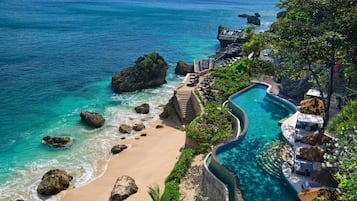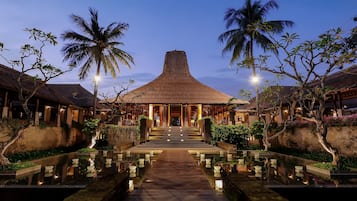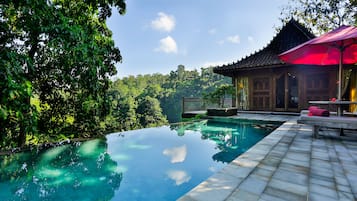Taman Ayun is a major temple and landmark in the village of Mengwi, 17 km northwest of Denpasar. The temple complex is well-known for its magnificent traditional architectural features spread throughout its courtyards and enclosures. The temple also has expansive gardens with beautiful lotus-filled fish ponds.
The name Taman Ayun translates to ‘beautiful garden’. This palatial complex is a great place to marvel not only at early Balinese architecture but also to imagine how Balinese royals lived their life behind palace walls back in the day. There are vast pools, for instance, where palace maids would sail about in small canoes.
Taman Ayun Temple in Bali - one of the highlights of 26 Must-See Temples in Bali (Read all about Bali here)
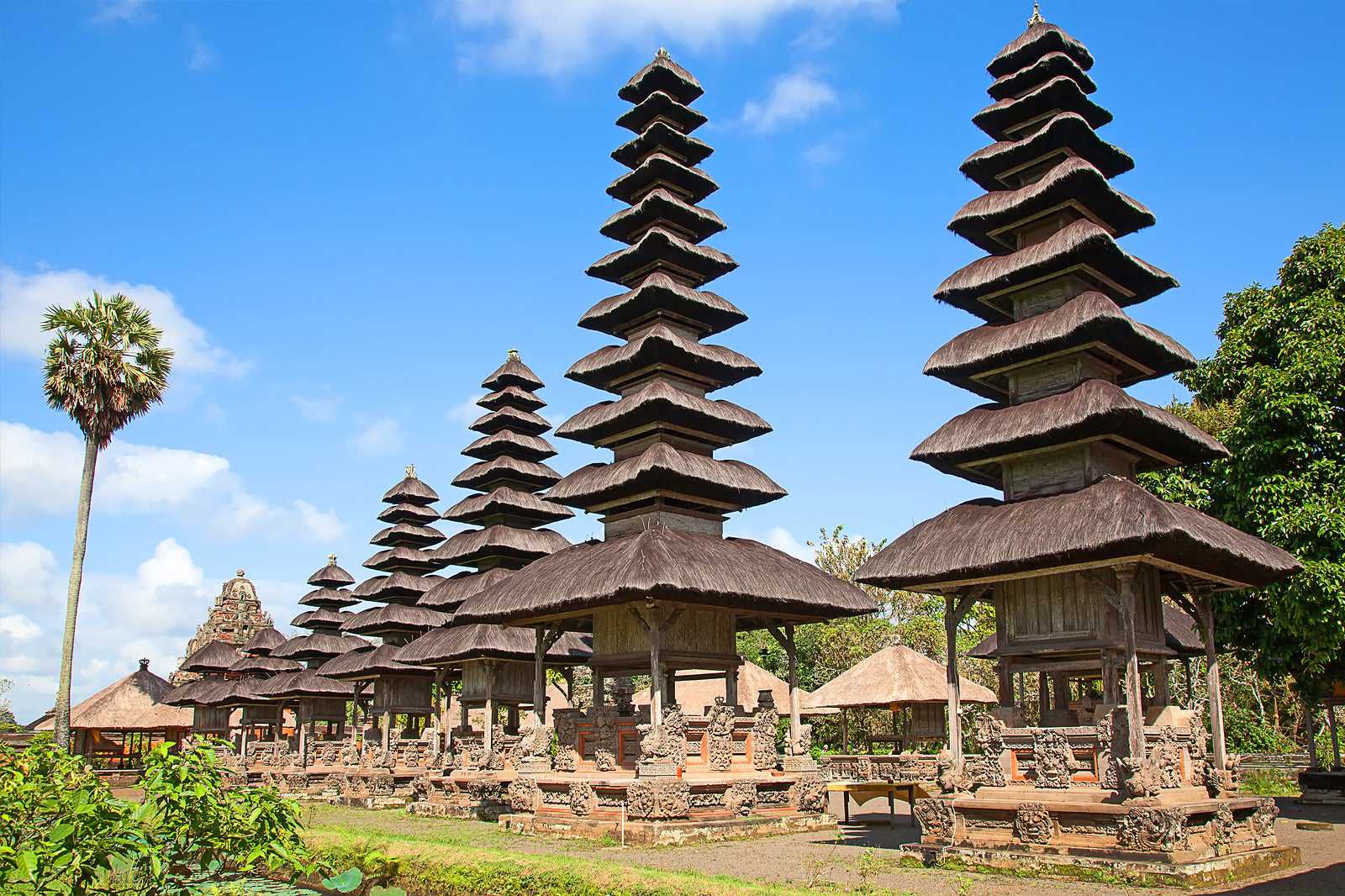
Although the royal pools are far from what can be imagined during its days of glory, the moss-lined walls and jade algae-filled water add to the rustic charm of the whole scenery of this centuries-old temple site.
The temple was built in 1634 by then ruler of the Mengwi kingdom, Tjokerda Sakti Blambangan. It was built with Chinese architectural inspirations and underwent a significant restoration project in 1937. Towering tiers from the temple shrines make up most of the profile of Taman Ayun and are a gesture of the people of Mengwi’s reverence to their deified nobles. The temple is considered the ‘mother temple’ of Mengwi.
The Taman Ayun Temple was to serve as a main site of worship among the Mengwi people, to save them having to travel long distances to the larger temples like Besakih in East Bali, Batukaru in Tabanan, or Batur in Kintamani. It also served as a unifying symbol among the Mengwi royalty and the people.

Sections of Taman Ayun Temple
The Taman Ayun Temple complex comprises 4 different divisions, each ranking higher than the next. The 1st is referred to as the ‘Jaba’ or outer division, accessible only through a single entrance and walkway over the ponds. There's a small guardian shrine inside and a large wantilan hall to the right where communal gatherings are held. A tall fountain here has spouts jutting up and out to the cardinal directions.
In the next court is a small temple compound by the name of Pura Luhuring Purnama. The 2nd and 3rd terraces are slightly higher than the first. To enter, you must go through a second gate where a shelter called Bale Pengubengan greets you with ornamental features depicting Dewata Nawa Sanga or the 9 Hindu gods that guard the points of the compass.
East of this court is a small temple called Pura Dalem Bekak, while in its western corner is an 8-metre-high wooden bell tower called the Bale Kulkul. A climb up will reveal 2 hanging rectangular wooden bells, plus a high and spectacular view of the whole complex.
The 4th and last court, referred to as the Utama Mandala, is considered the most sacred. The intricately ornate central gate is open only during ceremonies, as the entryway for consecrated heirlooms and other ceremonial paraphernalia. Another gate at its east is for daily access. Several tiers of different outlines and sizes rise up forming the temple’s skyline.
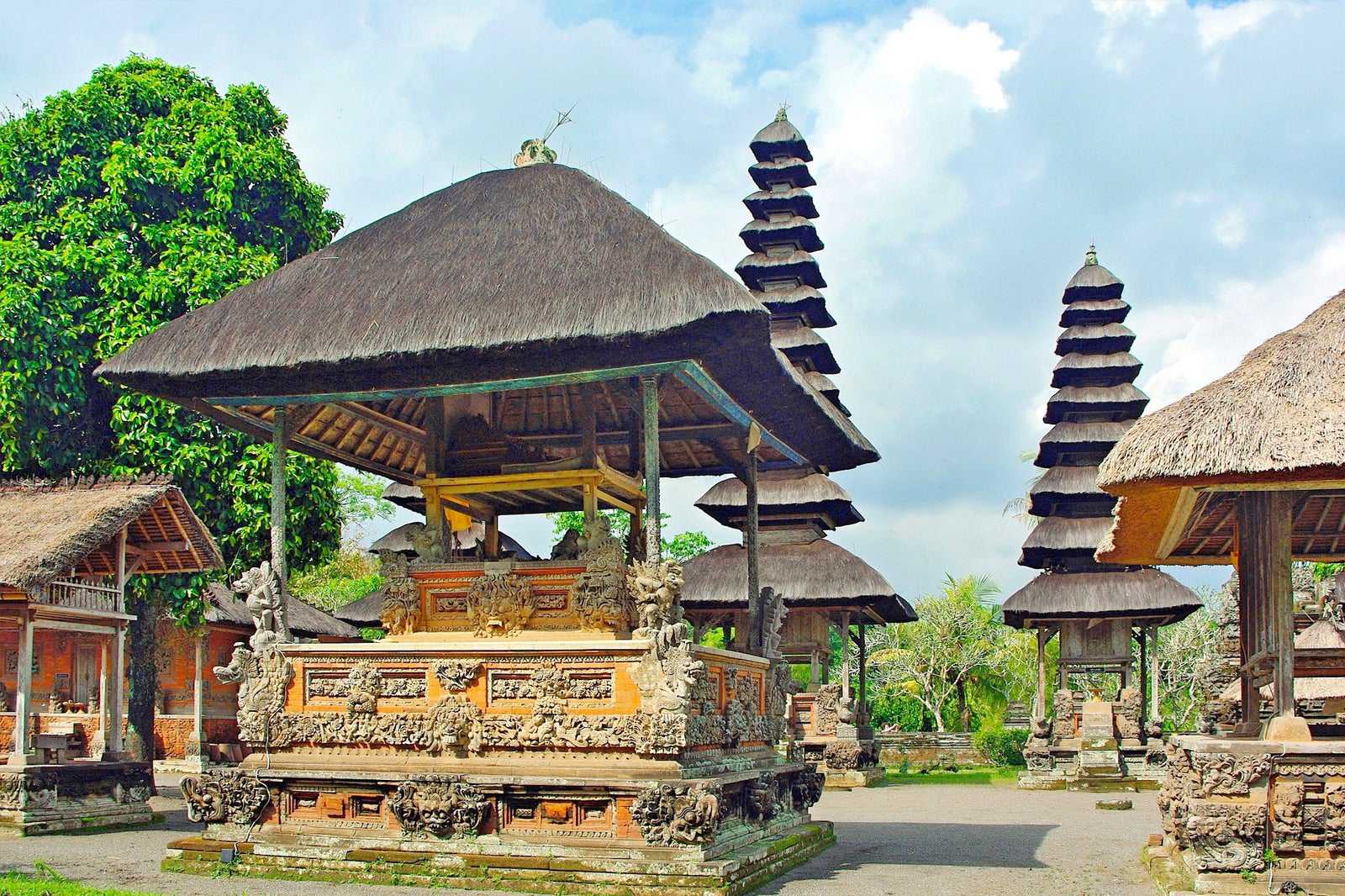
Good to know about Taman Ayun Temple
Taman Ayun Temple shares the same anniversary day with the cliff-perched Uluwatu Temple on the island’s southern peninsula. This is celebrated every ‘Kliwon Medangsia’ Tuesday on the 210-day Balinese Pawukon calendar, when devotees come to pray, day and night.
North of the bell tower is a pavilion called Bale Loji. In old times, this was where priests and ceremonial attendants would make preparations or take a break. Nowadays, you can usually see artists here busy creating their latest works of art, which are mostly available for purchase.
Museum Manusa Yadnya is just across the road from the temple. The museum is a great place to learn about Balinese rituals and rites of passage.
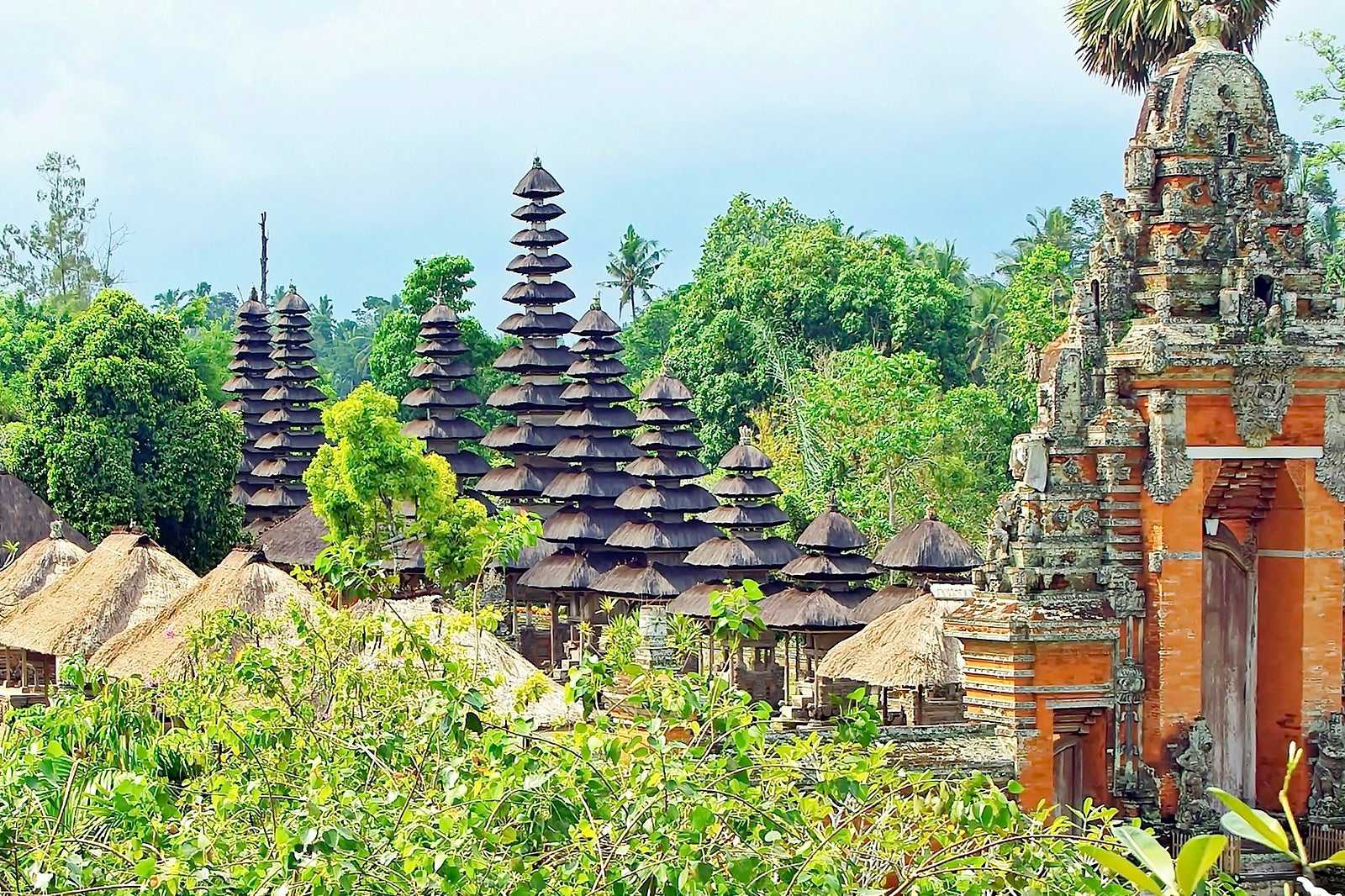
Taman Ayun Temple in Bali
Localização: Jalan Ayodya No.10, Mengwi, Badung, Bali 80351, Indonesia
Abre: Daily from 9am to 4pm


